The key task is to form the basic framework of national infrastructure, focusing on transport infrastructure, urban infrastructure, rural infrastructure, energy infrastructure,...
The development and promulgation of the Government's Action Program to implement Resolution No. 81/2023/QH15 of the National Assembly is built on the basis of closely following the viewpoints and goals of Resolution No. 81/2023/QH15, aiming to make our country a developing country with modern industry, high average income, economic growth based on science, technology, innovation and digital transformation; an effective, unified and sustainable national development space organization model, forming dynamic regions, economic corridors, growth poles, and a synchronous and modern basic infrastructure network.
In addition, major balances are ensured, the resilience of the economy is enhanced; energy security, food security and water security are ensured; the ecological environment is protected and adapted to climate change; human resources are comprehensively developed, the material and spiritual life of the people is improved; national defense and security are ensured; Vietnam's position and prestige in the international arena are enhanced.
Strive for an average national GDP growth rate of about 7.0%/year in the period 2021 - 2030
Strive to achieve the goals, targets and complete the key tasks of the National Master Plan to 2030, in which, in terms of economy, strive for the average GDP growth rate of the whole country to reach about 7.0%/year in the period of 2021 - 2030. By 2030, GDP per capita at current prices will reach about 7,500 USD. The proportion of GDP of the service sector will reach over 50%, the industry - construction sector will reach over 40%, the agriculture, forestry and fishery sector will reach under 10%. The average growth rate of social labor productivity will reach over 6.5%/year. The contribution of total factor productivity (TFP) to growth will reach over 50%.
Promoting the advantages of each socio-economic region; focusing on developing the two dynamic regions of the North and the South associated with the two growth poles of Hanoi and Ho Chi Minh City, the North-South economic corridor, the Lao Cai - Hanoi - Hai Phong - Quang Ninh economic corridor, the Moc Bai - Ho Chi Minh City - Bien Hoa - Vung Tau economic corridor with synchronous and modern infrastructure, high growth rate, contributing greatly to the overall development of the country.
Sustainable urban development in a network; urbanization rate reaches over 50%; strives for 3-5 urban areas to be on par with the region and the world. Building new rural areas that develop comprehensively, sustainably and are associated with urbanization; the rate of communes meeting new rural standards reaches over 90%, of which 50% of communes meet advanced new rural standards.
Strongly develop digital infrastructure and data infrastructure to create a foundation for national digital transformation, develop digital government, digital economy, and digital society; the proportion of digital economy reaches about 30% of GDP.
Regarding infrastructure development, basically form the national infrastructure framework, including North-South road traffic axes (North-South expressway in the East, some sections of North-South expressway in the West, coastal roads), important East-West traffic axes, strive to have about 5,000 km of expressway; gateway seaports with international transit functions, major international airports, railways connecting to major seaports, urban railways to minimize logistics costs; strive to build some high-speed railway sections on the North-South route; develop energy infrastructure, information technology, large urban areas, irrigation infrastructure, environmental protection, natural disaster prevention and control, and climate change adaptation.
Forming a basic national infrastructure framework, focusing on transport infrastructure and energy infrastructure.
The key task is to basically form the national infrastructure framework, focusing on transport infrastructure, urban infrastructure, rural infrastructure, energy infrastructure, digital infrastructure, cultural and social infrastructure, irrigation infrastructure, environmental protection, disaster prevention and control, and climate change adaptation.
Accelerate economic restructuring associated with growth model innovation based on productivity improvement, application of scientific and technological advances and innovation. Prioritize the development of a number of industries and fields with potential, advantages and large room for expansion, associated with new development space.
Develop key national growth poles and dynamic regions to form locomotives leading the country's development. Select a number of localities, urban areas, and regions with special advantages to build economic and financial centers, special administrative-economic units with unique, outstanding institutions, mechanisms, and policies that are breakthroughs and highly internationally competitive. At the same time, have appropriate mechanisms, policies, and resources to ensure social security and gradually develop ethnic minority and mountainous areas, border areas, and islands, contributing to political stability, maintaining national defense and security.
Forming and developing economic corridors along the North-South axis, East-West economic corridors, coastal economic belts; effectively connecting seaports, airports, international border gates, major trading hubs, urban areas, economic centers, growth poles; effectively connecting with regional and world economic corridors. Developing industrial - urban - service belts in dynamic regions and large urban areas.
Building mechanisms and policies to develop dynamic regions and priority economic corridors.
To achieve the specific goals and targets and complete the above-mentioned key tasks, the Government requests Ministers, Heads of ministerial-level agencies, Government agencies, Chairmen of People's Committees of provinces and centrally-run cities to focus on directing the implementation of key tasks and solutions.
In particular, in terms of mechanisms and policies, building and perfecting legal institutions associated with strict and effective law enforcement, creating a legal basis for planning implementation. Building mechanisms and policies in the direction of increasing decentralization in mobilizing and using investment resources at the central and local levels, creating favorable conditions for localities to jointly invest budgets in shared infrastructure, regional infrastructure, and infrastructure projects connecting local development centers with the national infrastructure system.
Develop mechanisms and policies for the development of dynamic regions and priority economic corridors; mechanisms and policies for incentives, investment and effective exploitation of high-tech zones, high-tech agricultural zones, concentrated information technology zones, and national innovation centers established under the Prime Minister's decision according to advanced models in the world.
Develop support policies and improve the capacity of training facilities in priority sectors associated with the application of advanced technology and fundamental scientific sectors for the development of science and technology; preferential policies to attract high-quality human resources for priority sectors and localities in dynamic regions.
Develop and perfect tax, land, investment and credit policies for science and technology enterprises, incubators, technical facilities and co-working spaces to support small and medium-sized enterprises to start up and innovate.
Perfecting the state budget collection policy for land, assets, and resources; the mechanism for exploiting land resources for socio-economic infrastructure development. Increasing state budget revenue from land use rights auctions, bidding for projects using land according to planning and in urban development areas oriented towards public transport (TOD) to invest in urban infrastructure construction.
Perfecting cultural mechanisms and policies to meet development requirements so that culture is truly the spiritual foundation of society. Building specific mechanisms and policies to care for the development of education, training, health care, improving the quality of human resources; creating livelihoods, jobs, and arranging stable and solid settlement for ethnic minorities, especially in border areas.
Strongly innovate policies and methods to attract foreign investment
Regarding attracting investment for development, continue to promote administrative reform, improve and further enhance the quality of the investment and business environment, create favorable conditions for economic sectors, and ensure healthy, equal and transparent competition.
Strongly innovate policies and methods to attract foreign investment and synchronously prepare conditions such as infrastructure, institutions, human resources, etc. to increase the efficiency of foreign investment to serve development goals. Mobilize foreign loans with preferential, appropriate and effective conditions and interest rates, focusing on a number of key areas; prioritize investment in projects that directly promote growth associated with sustainable development, with spillover effects such as climate change adaptation, clean energy, including ensuring access to sustainable and reliable energy sources at reasonable prices and accurately assessing the potential of wind power and solar power to support energy transition, improve environmental quality, culture, education, health, science, technology and innovation.
Orientation to attract large enterprises with prestige and financial capacity, advanced technology, high technology, modern management systems, and the world's leading multinational corporations to invest in dynamic regions, forming industry clusters, creating great spillover effects, promoting the development of domestic economic sectors.
Step by step development of disadvantaged areas through building infrastructure connecting with economic corridors
Regarding social security, fully implement social security policies for all people according to the provisions of law; continue to perfect the legal basis, policies and solutions to ensure social security associated with social progress and equity in accordance with economic development achievements in the conditions of developing a socialist-oriented market economy.
Pay attention to investing in ethnic minority and mountainous areas, areas with particularly difficult socio-economic conditions; support and create conditions for ethnic minorities to have equal access to resources, development opportunities and fully and fairly enjoy basic social services.
Gradually develop disadvantaged areas through building infrastructure connecting disadvantaged areas with economic corridors, connecting disadvantaged border areas with the development of border economic zones.
Effectively implement programs and projects for socio-economic development in ethnic minority and mountainous areas and areas with particularly difficult socio-economic conditions.
Source


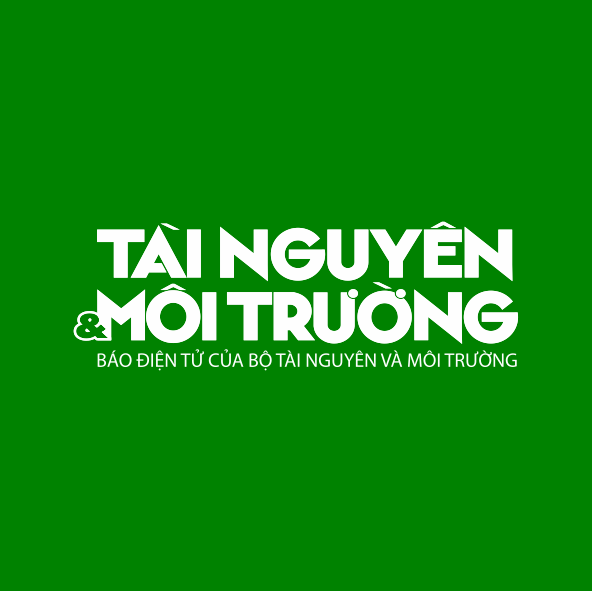
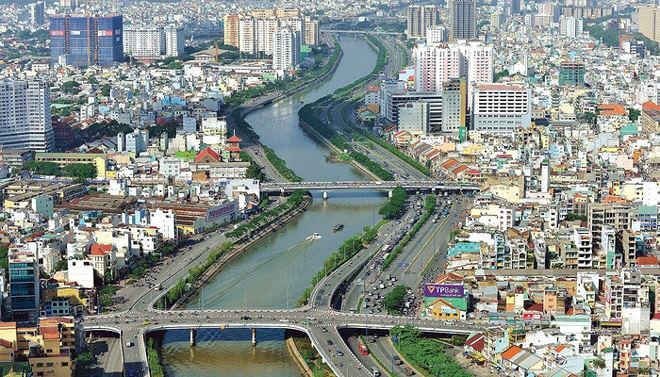
![[Photo] Prime Minister Pham Minh Chinh chairs the meeting of the Government Party Committee Standing Committee](https://vstatic.vietnam.vn/vietnam/resource/IMAGE/2025/8/23/8e94aa3d26424d1ab1528c3e4bbacc45)

![[Photo] General Secretary To Lam attends the 80th Anniversary of the Cultural Sector's Traditional Day](https://vstatic.vietnam.vn/vietnam/resource/IMAGE/2025/8/23/7a88e6b58502490aa153adf8f0eec2b2)



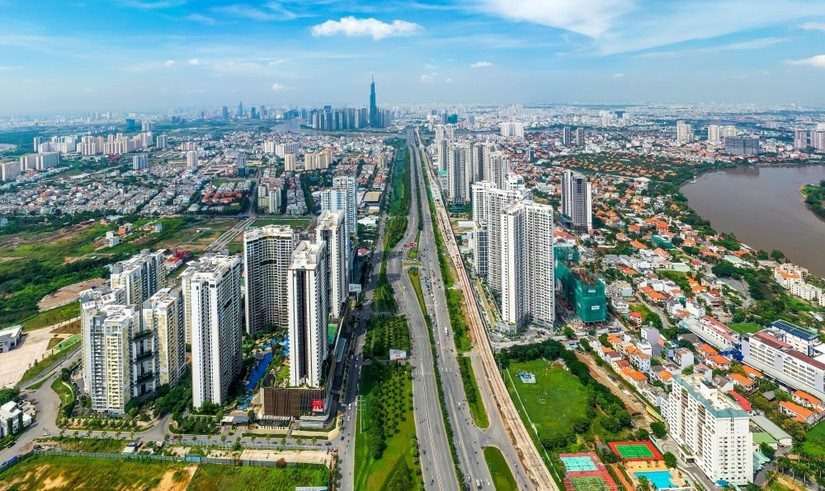

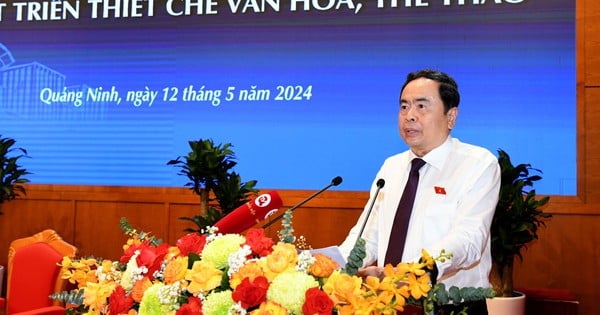
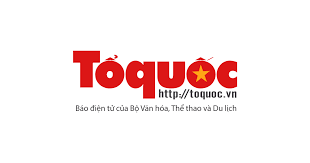
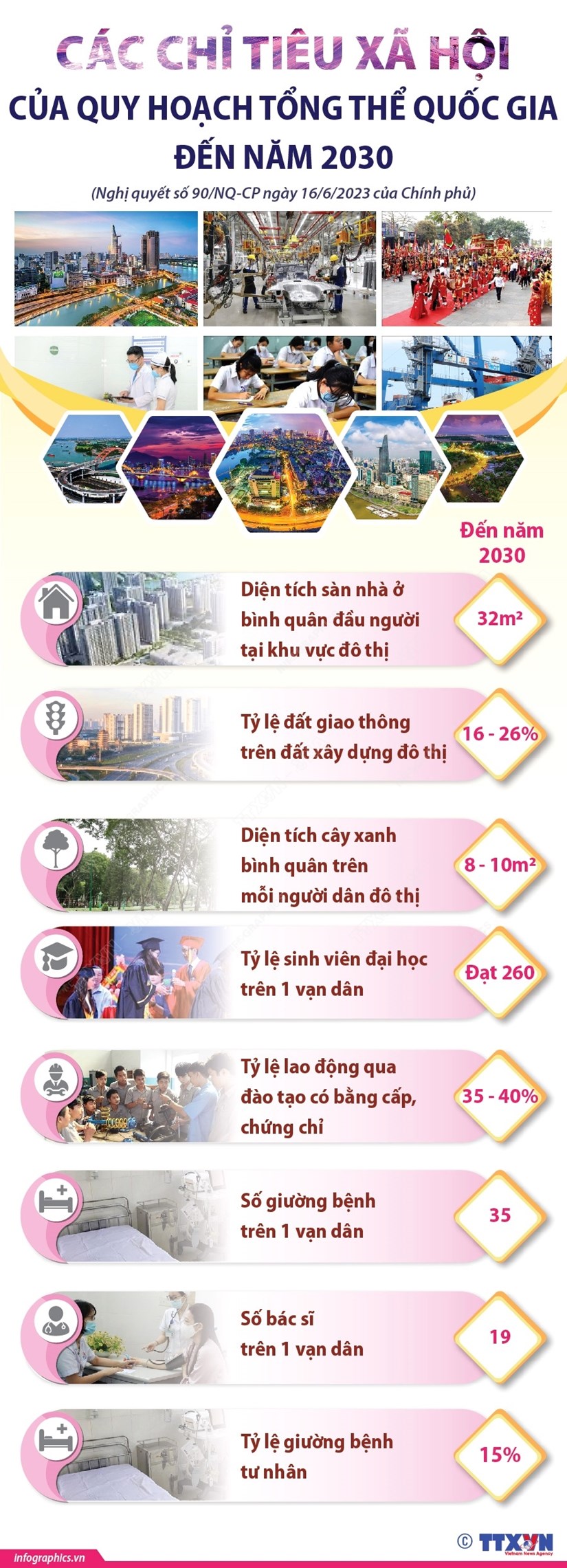
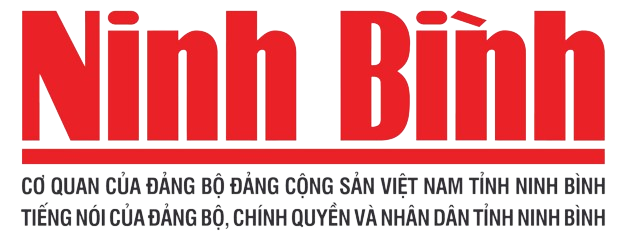
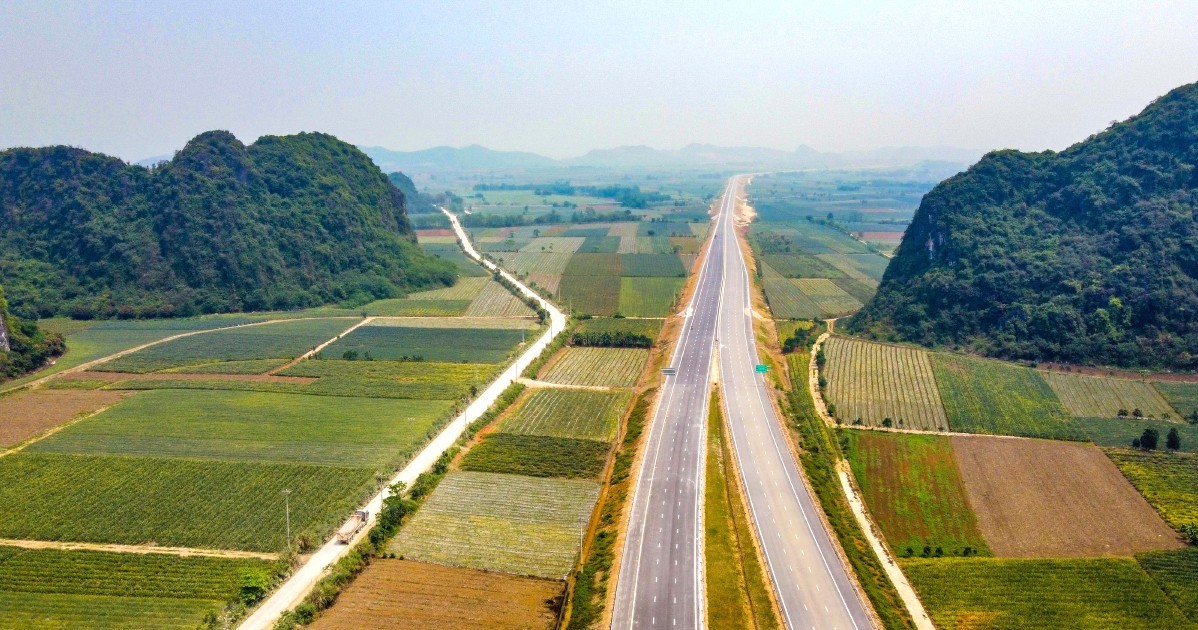

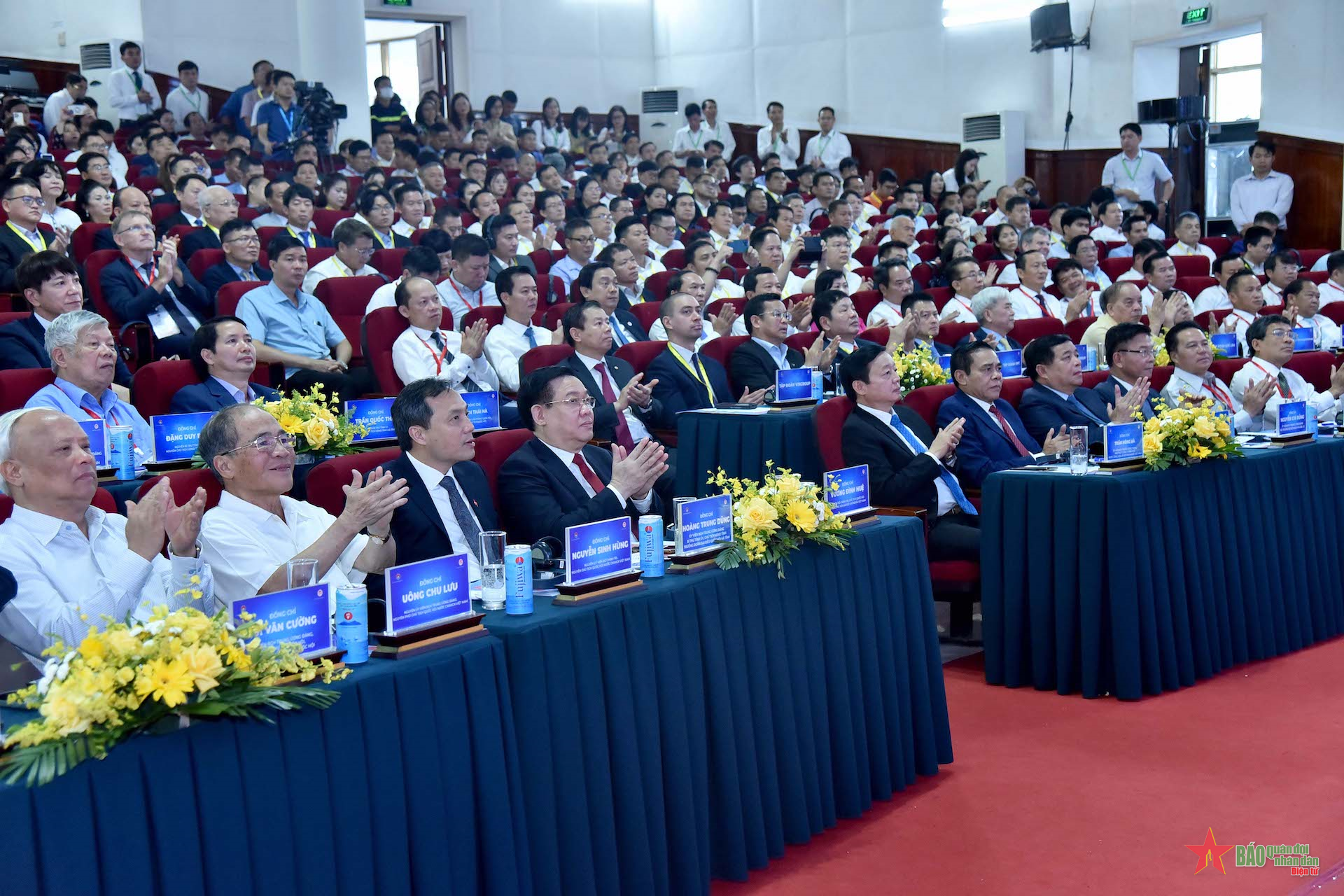







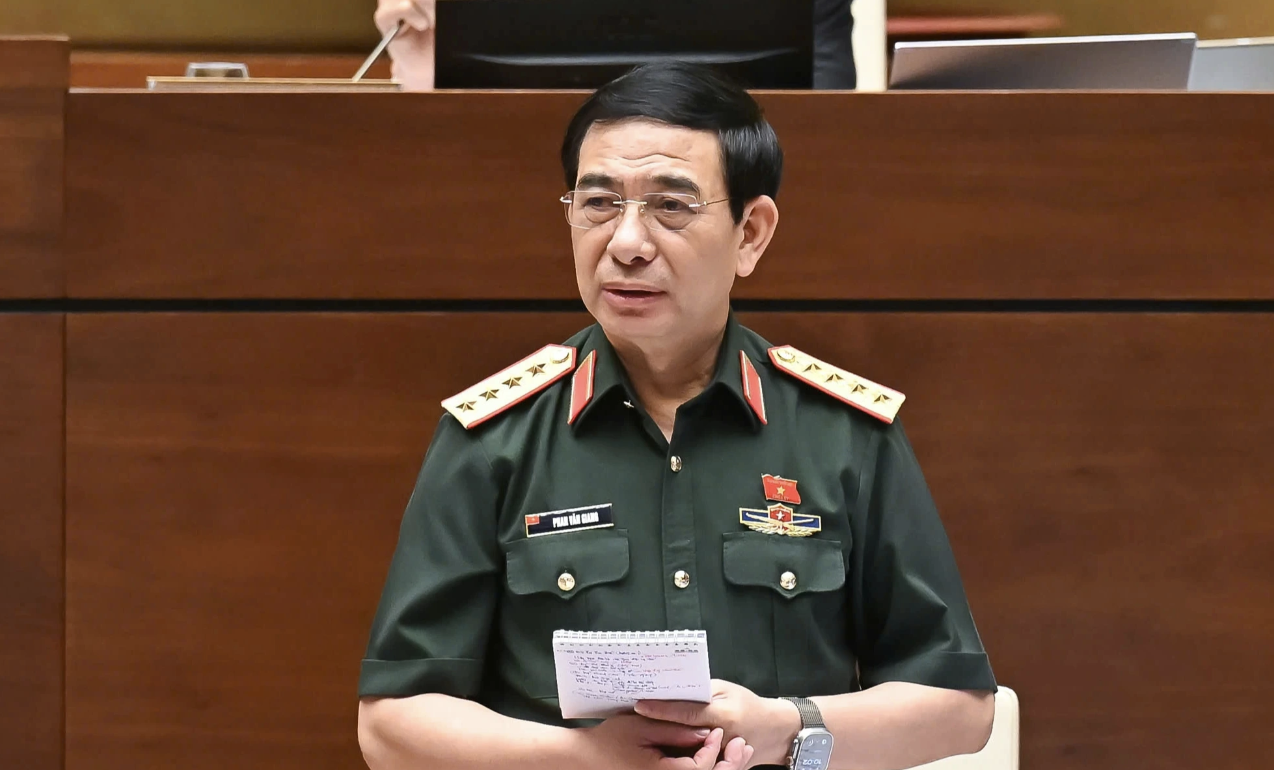

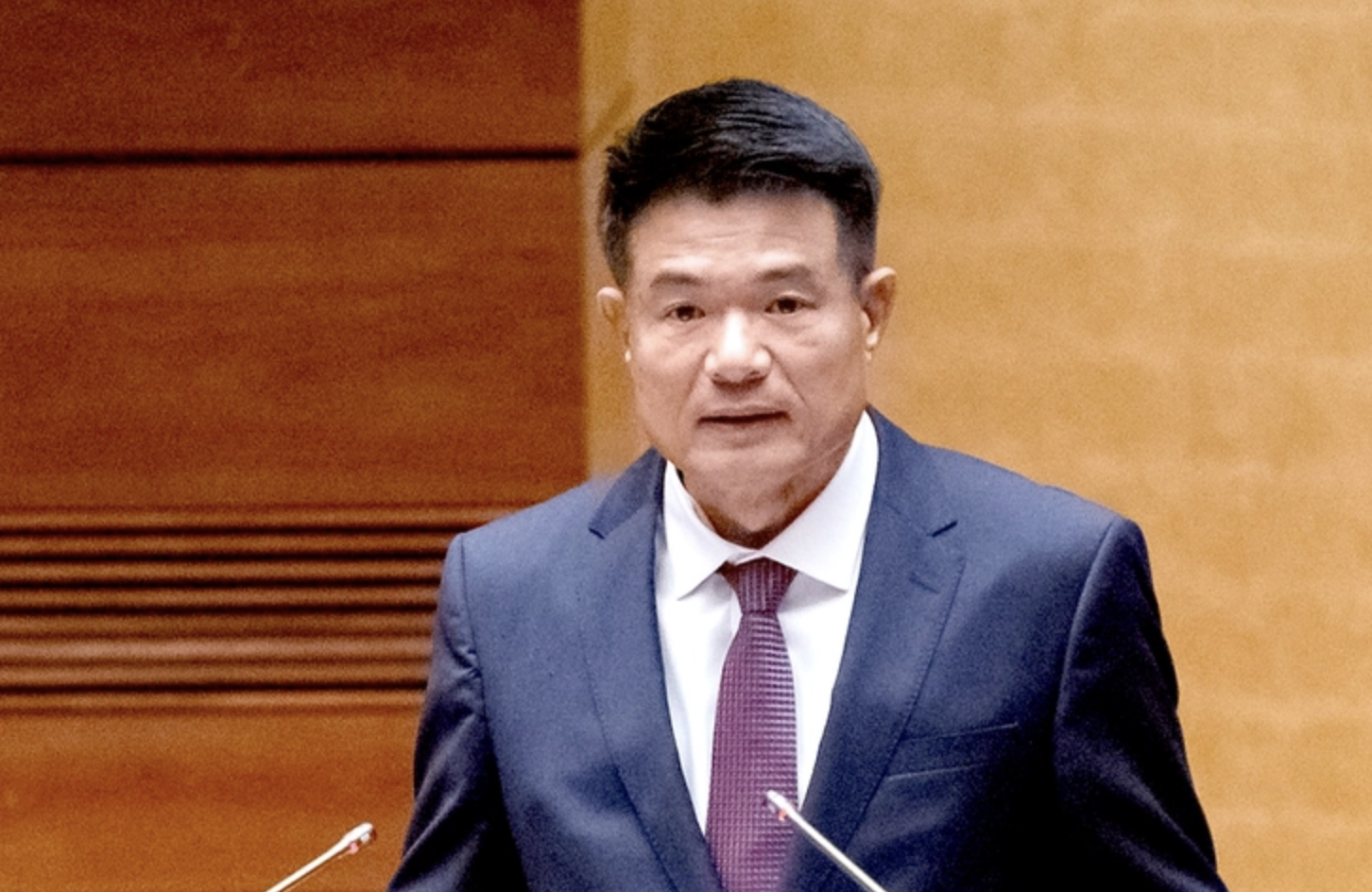

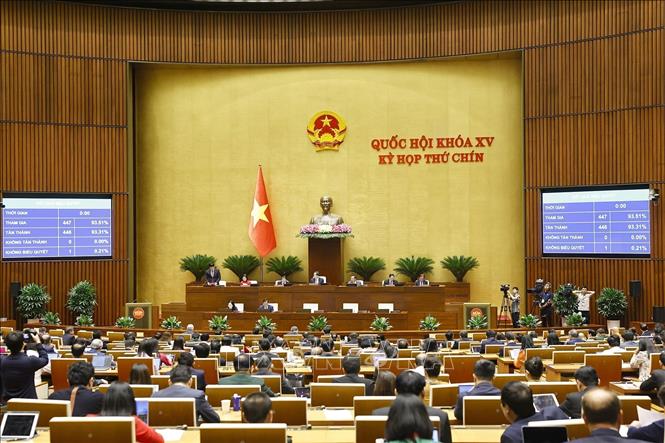





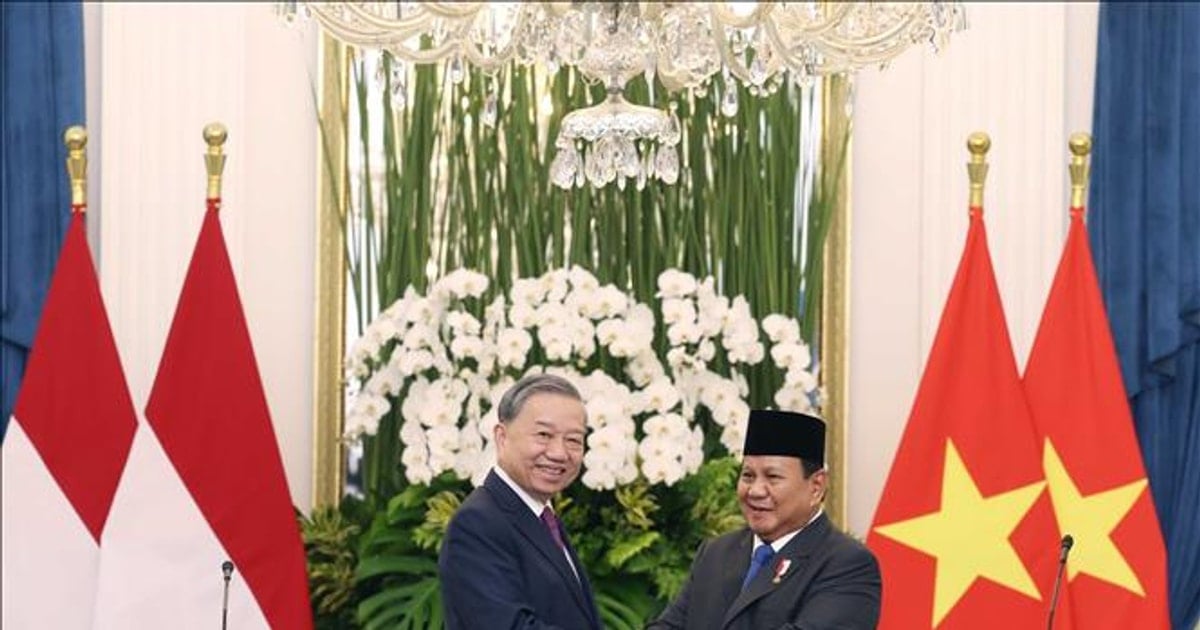
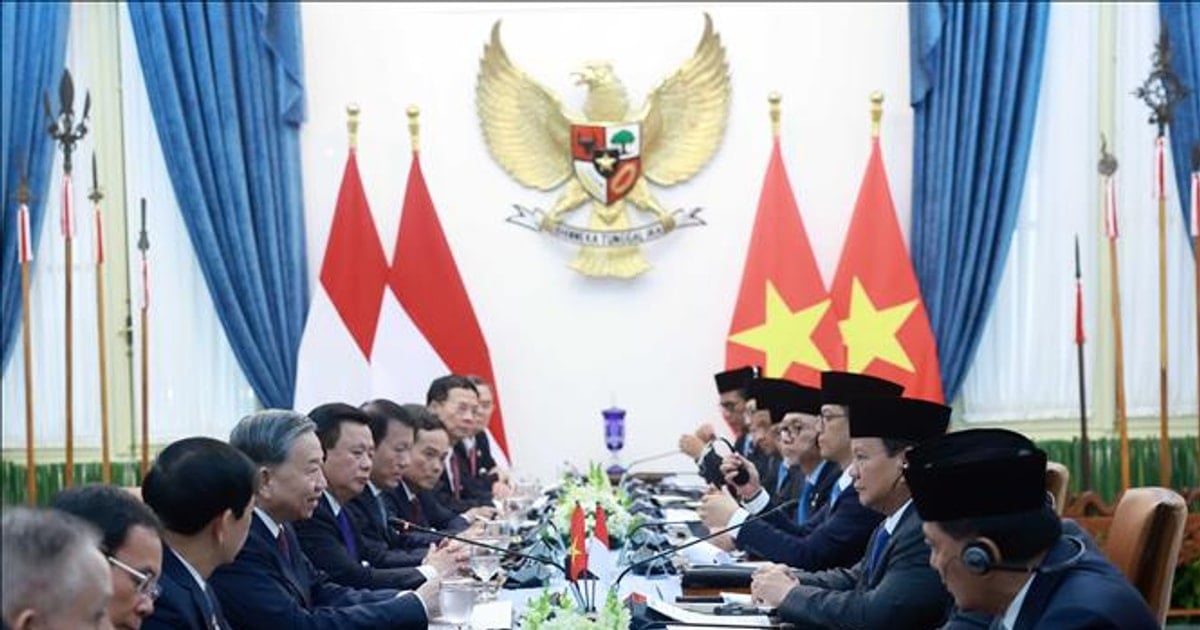

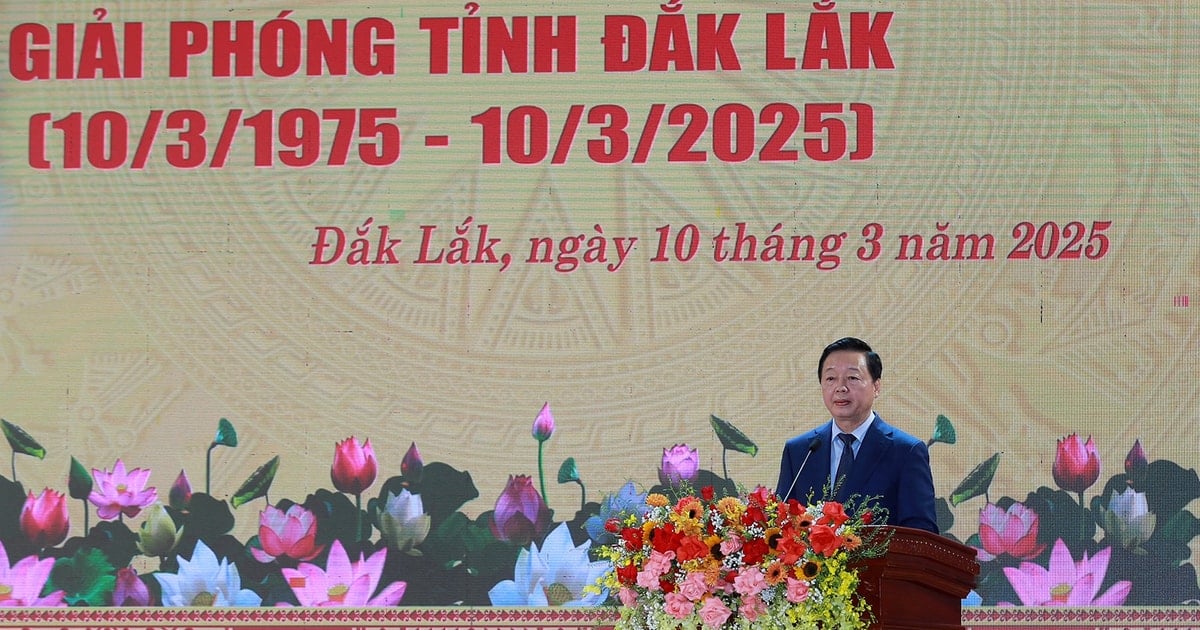
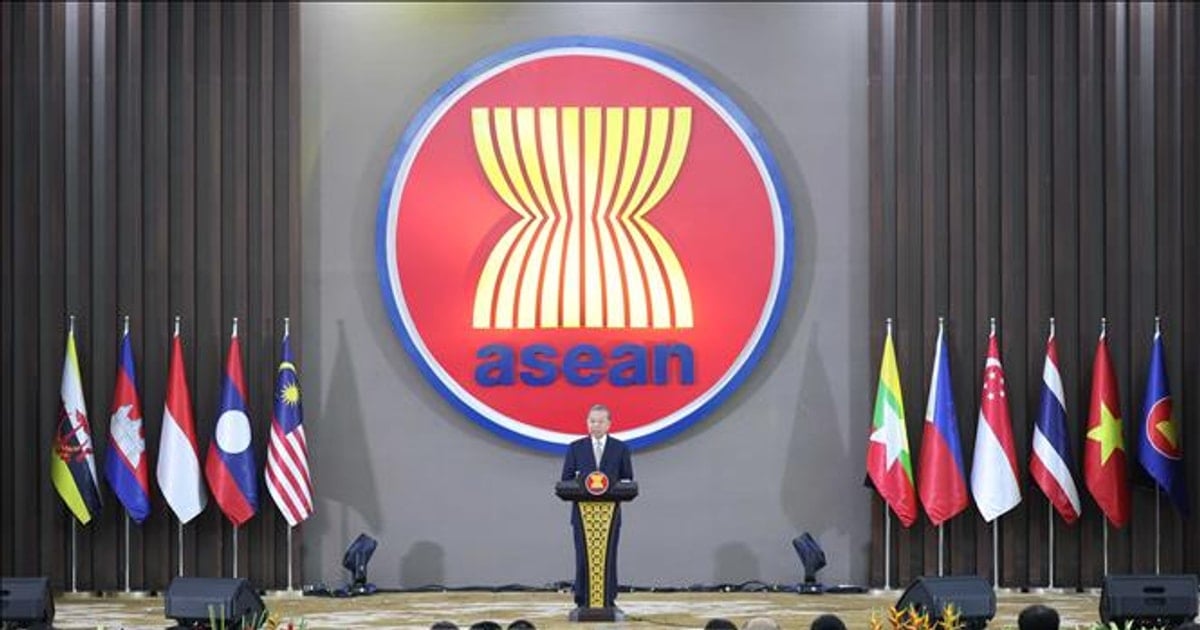
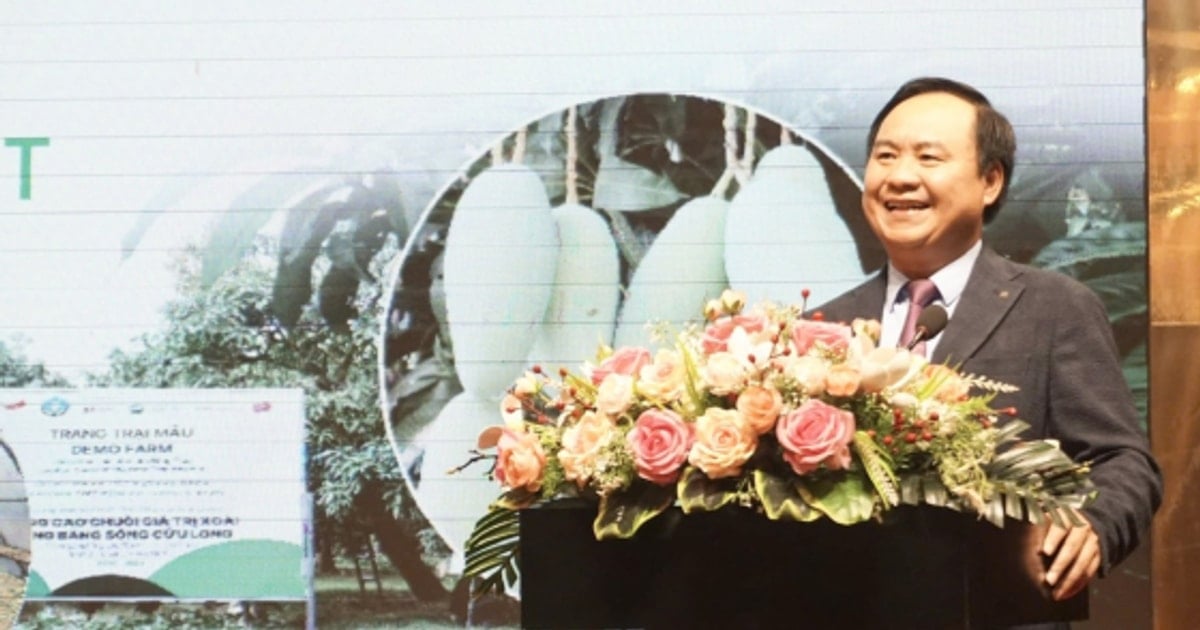







































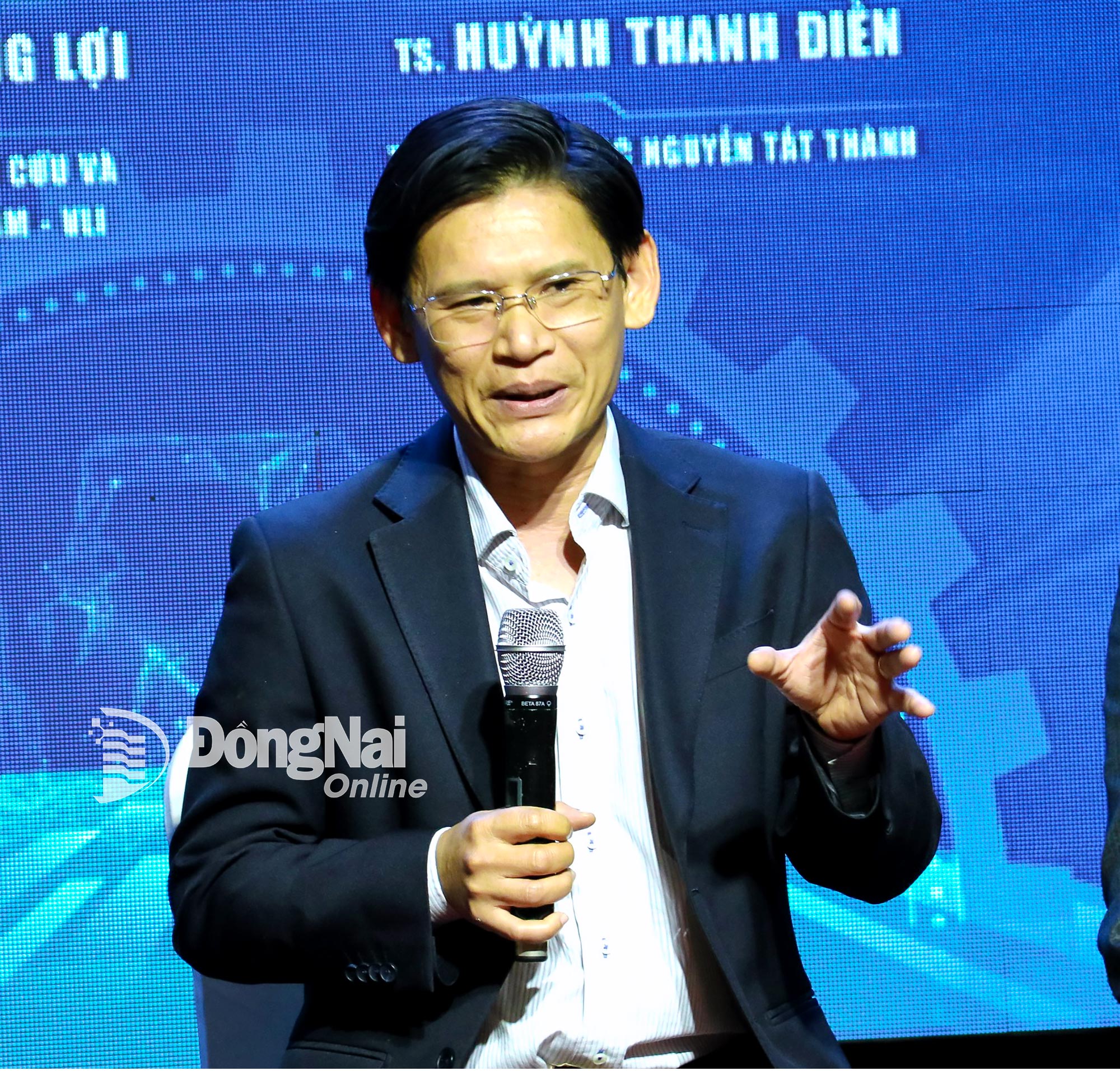






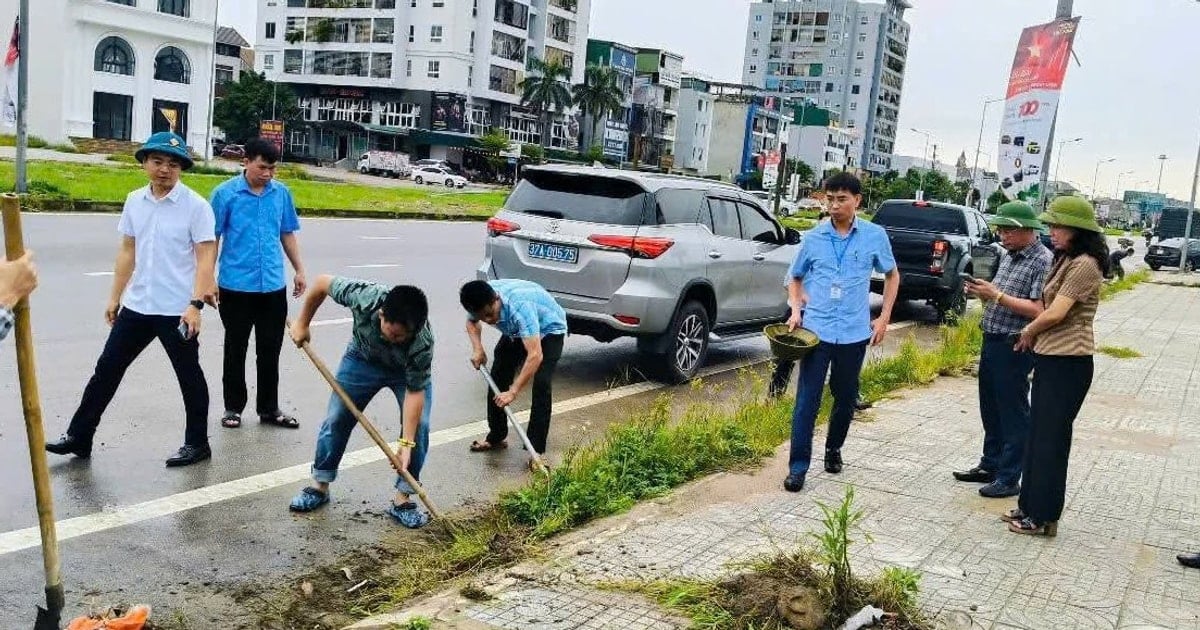


















Comment (0)